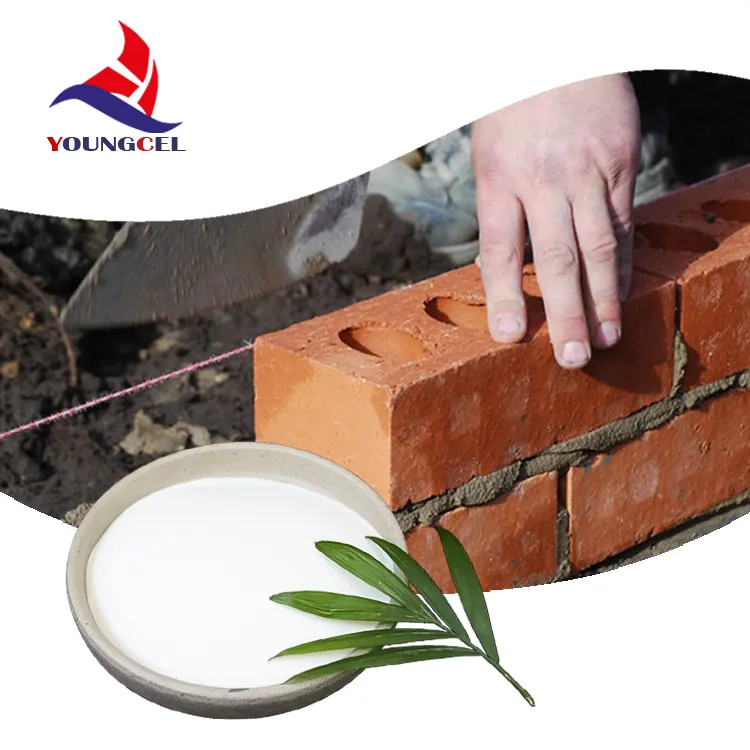The Role of Cellulose in Paints Enhancing Performance and Sustainability
Cellulose, a natural polymer derived predominantly from plant cell walls, has long been known for its versatility and eco-friendliness. As various industries seek sustainable alternatives to synthetic substances, cellulose has emerged as a critical component in the formulation of paints. This article explores the roles and benefits of cellulose in paints, highlighting its impact on performance, environmental sustainability, and product innovation.
What is Cellulose?
Cellulose is a complex carbohydrate composed of an extensive chain of glucose units, resulting in a structurally robust and chemically stable material. It is abundant in plant fibers and can be processed into various forms, including microcrystalline cellulose, cellulose ethers, and cellulose nanocrystals. This diversity enables its application in a wide range of products, notably within the paint industry.
Enhancing Paint Performance
One of the primary roles of cellulose in paints is to enhance their performance characteristics. Cellulose derivatives, such as hydroxyethyl cellulose (HEC) and carboxymethyl cellulose (CMC), are commonly used as thickening agents and rheological modifiers. When added to paint formulations, these cellulose-based additives help to control viscosity, ensuring a smooth application and even spreading of paint on surfaces.
Moreover, cellulose improves the stability of paint suspensions, preventing the settling of pigments and ensuring consistent color and texture. This stabilizing effect is particularly valuable in water-based paints, which are increasingly popular due to their lower VOC (volatile organic compound) emissions. By enhancing the stability and application properties, cellulose contributes to the overall quality and user-friendliness of paint products.
Improving Sustainability
cellulose for paints

As environmental concerns grow, the paint industry faces increasing pressure to adopt more sustainable practices. Given that cellulose is a renewable resource, its incorporation into paint formulations aligns well with the shift towards greener alternatives. By using cellulose instead of petroleum-based polymers, manufacturers can reduce their carbon footprint and reliance on fossil resources.
Furthermore, cellulose is biodegradable, making it a preferable choice in an era where consumers demand products that are less harmful to the environment. Paints containing cellulose components can break down naturally, reducing their impact on landfills. Additionally, using renewable ingredients can enhance a brand's reputation in sustainability, appealing to environmentally conscious consumers.
Innovations and Future Trends
The paint industry is witnessing innovative developments as researchers explore new ways to utilize cellulose. Advances in nanocellulose technology, for instance, have led to the creation of lightweight, strong, and multifunctional materials that can be integrated into paint formulations. These innovations promise not only to improve the mechanical and optical properties of paints but also enhance their functional capabilities—such as resistance to UV light and antibacterial features.
Moreover, the growing trend toward eco-friendly paints may drive further research into optimizing cellulose content in formulations. Solutions that maximize the benefits of cellulose while maintaining or improving paint performance will likely become more prominent. This focus on innovation may lead to a new generation of paints that not only adhere to stringent environmental regulations but also meet or exceed consumer expectations.
Conclusion
In conclusion, cellulose plays a pivotal role in the formulation of modern paints, contributing significantly to performance, sustainability, and innovation. As the demand for environmentally friendly products rises, the paint industry is poised to leverage the advantages of cellulose further. By embracing this natural polymer, manufacturers can enhance their formulations, appeal to eco-conscious consumers, and lead the way toward a more sustainable future in coatings technology.
-
Premium Detergent Grade HPMC Hydroxypropyl Methylcellulose: Superior Thickening & StabilityNewsAug.31,2025
-
HEC 100000 Hydroxyethylcellulose for Paint | Superior ThickeningNewsAug.30,2025
-
Wall Putty Rdp Powder Packaging DesignNewsAug.29,2025
-
Introduction to Hpmc Hydroxypropyl Methyl CellulosNewsAug.29,2025
-
Hpmc Industri Grade IntegrationNewsAug.29,2025
-
How to Choose the Right Construction AdhesiveNewsAug.29,2025




